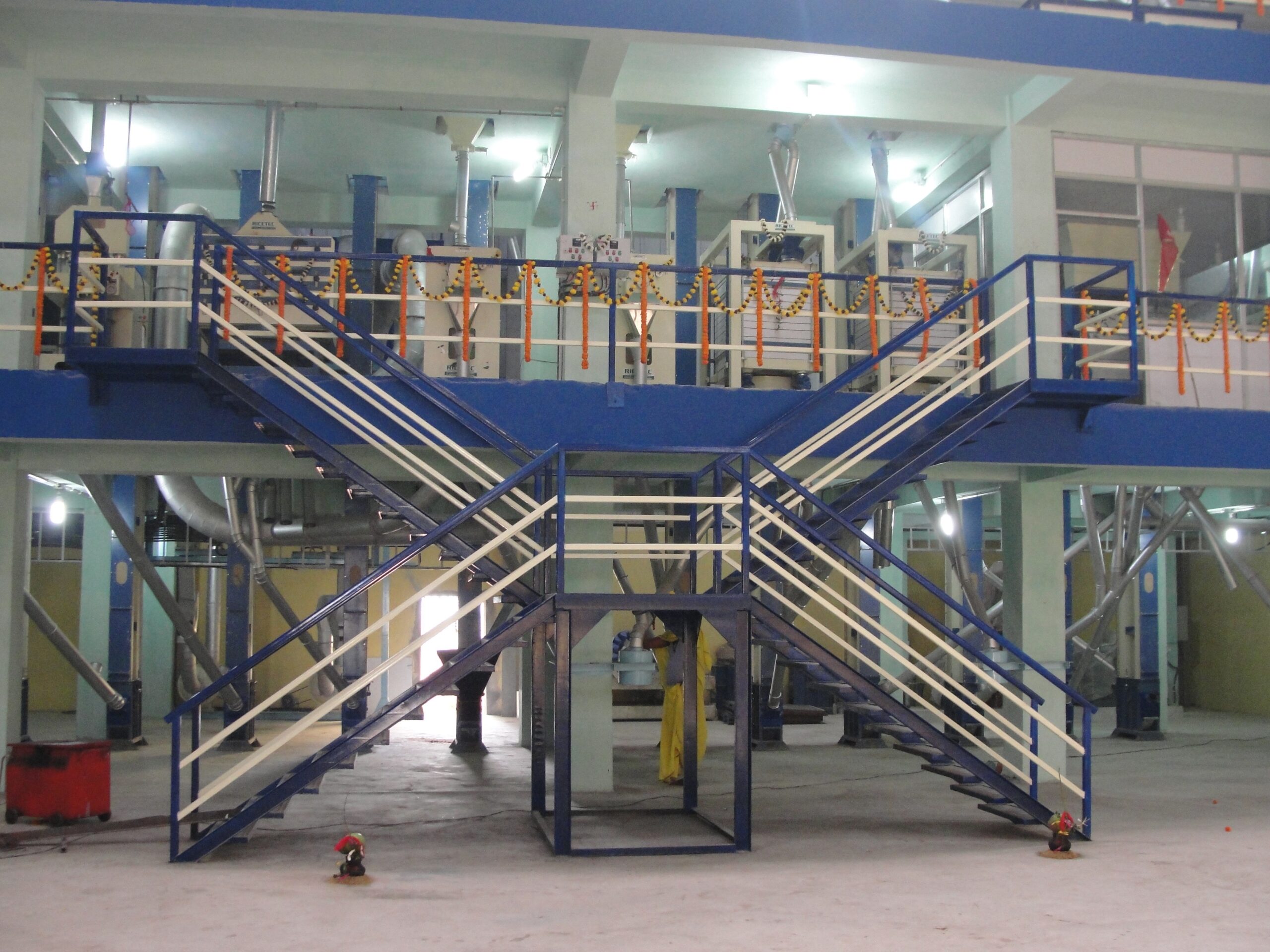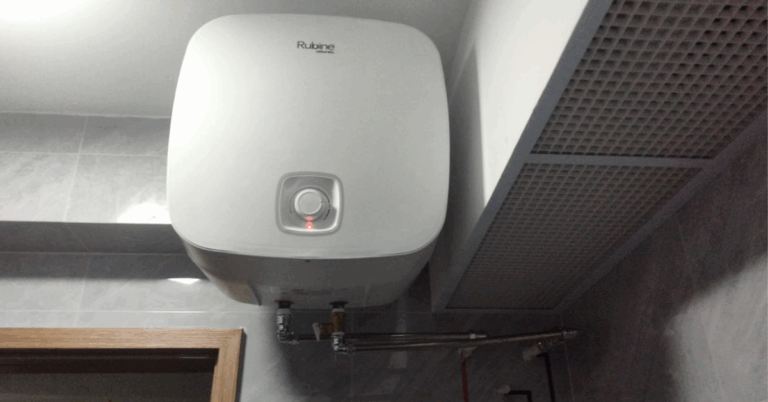Rice Processing Mill: Transforming Agriculture into Industry
The Rice Processing Mill has become one of the most vital components of the modern agricultural industry, bridging the gap between raw paddy production and the polished rice that reaches households worldwide. With the rising demand for quality rice across global markets, rice processing is no longer a small-scale, traditional activity but a well-structured industry that depends on advanced technology and efficient machinery. The transformation from raw paddy into consumable rice involves several stages of cleaning, de-husking, polishing, and packaging, all of which determine the quality, shelf life, and nutritional value of the final product.
Importance of Rice Processing in Global Agriculture
Rice is a staple food for more than half of the world’s population, particularly in Asia and Africa, where it forms the backbone of daily meals. The importance of rice processing cannot be overstated—it ensures that farmers’ efforts translate into marketable products that meet consumer expectations. A modern rice processing mill not only increases productivity but also reduces post-harvest losses significantly. Traditionally, rice milling was labor-intensive and often resulted in high wastage, but with technological advancements, the industry now enjoys higher yields, improved rice quality, and better profitability.
Furthermore, rice processing contributes to rural development by providing employment opportunities. Farmers and small-scale entrepreneurs benefit from the presence of modern rice mills as these facilities create demand for paddy, ensuring fair pricing and market stability. This strengthens the entire agricultural ecosystem.
The Process Inside a Rice Processing Mill
The journey of rice from paddy fields to packaged bags is complex and highly structured. A rice processing mill typically follows a multi-step process:
-
Pre-Cleaning
Freshly harvested paddy often contains impurities like dust, straw, stones, and even metals. The pre-cleaning step ensures the removal of these foreign materials to avoid damage to machines and ensure better output quality. -
De-Husking (Shelling)
Paddy rice is covered with a hard husk. The de-husking stage uses rubber rollers or shelling machines to remove this husk while retaining the brown rice inside. -
Separation
After de-husking, rice grains are separated into husked, unhusked, and brown rice. Proper separation ensures efficiency in the next stages of milling. -
Polishing and Whitening
This stage involves removing the bran layers to produce polished white rice. Some mills also produce semi-polished or parboiled rice depending on consumer demand. -
Grading and Sorting
Rice is sorted by size, weight, and quality. Modern rice processing mills use optical sorters to separate broken rice grains from whole ones. -
Packaging
Finally, rice is packaged in different weights and sizes for distribution. Proper packaging ensures longer shelf life and maintains the quality of rice during transportation and storage.
Each of these stages is supported by cutting-edge machinery, which makes the role of a well-equipped rice processing mill indispensable.
Technological Advancements in Rice Milling
Over the years, rice processing has undergone a remarkable transformation due to technological innovations. Modern rice mills now use fully automated machinery, enabling faster and more efficient operations. Some of the key advancements include:
-
Automated Cleaning Systems that ensure impurities are removed with precision.
-
Energy-Efficient De-Husking Machines designed to minimize grain breakage.
-
Optical Sorting Technology that uses cameras and sensors to detect and eliminate defective grains.
-
Computerized Packaging Machines that offer consistency and reduce human error.
These advancements not only enhance rice quality but also make milling cost-effective. By adopting such technology, mill owners can improve their competitiveness in both domestic and international markets.
Economic Significance of Rice Processing Mills
The presence of a Rice Processing Mill in rural and semi-urban areas greatly boosts the local economy. First, it increases farmers’ income by reducing dependency on middlemen and ensuring that raw paddy is directly processed into market-ready rice. Second, it generates employment for laborers, technicians, and logistics providers. Third, by supplying rice to wholesalers, retailers, and exporters, rice mills create a steady supply chain that strengthens the food security of a nation.
For developing countries, rice processing mills are often part of government-led initiatives aimed at improving food self-sufficiency. Investments in rice processing infrastructure ensure reduced post-harvest losses, which otherwise account for millions of tons of wasted food annually. Additionally, rice by-products such as husk, bran, and broken rice are used in industries like animal feed, oil extraction, and energy production, making the industry highly sustainable.
Challenges in the Rice Milling Industry
Despite its many advantages, the rice processing industry faces several challenges. These include:
-
High Initial Investment: Setting up a modern rice processing mill requires significant capital.
-
Energy Consumption: Rice milling is energy-intensive, and in areas with poor power supply, this can be a bottleneck.
-
Maintenance of Machinery: Advanced machinery requires skilled labor for operation and regular maintenance.
-
Global Competition: Exporters often face competition from established rice-producing countries with advanced milling facilities.
Addressing these challenges requires government support, access to affordable financing, and continuous investment in research and development.
Future Prospects of Rice Processing
The future of rice processing lies in sustainability and innovation. With the increasing global population, demand for rice will continue to grow, requiring mills to operate more efficiently and responsibly. Some expected trends include:
-
Eco-Friendly Milling: Adoption of energy-efficient machinery and renewable energy sources.
-
Digital Integration: Use of AI and IoT in rice processing mills for real-time monitoring and predictive maintenance.
-
Value-Added Products: Expansion into specialty rice varieties like organic rice, fortified rice, and ready-to-cook rice.
-
Global Trade Opportunities: As consumer preferences shift toward healthier and higher-quality rice, exporters will benefit from advanced processing techniques.
Conclusion
A Rice Processing Mill plays a crucial role in shaping the agricultural economy by turning raw paddy into consumable rice that feeds billions worldwide. From advanced technology to sustainable practices, the rice milling industry has transformed significantly, reducing waste and improving profitability for farmers and mill owners alike. Despite challenges, the future looks promising with new opportunities for innovation, employment, and global trade. The presence of efficient rice processing infrastructure not only ensures food security but also paves the way for economic development and agricultural modernization.







